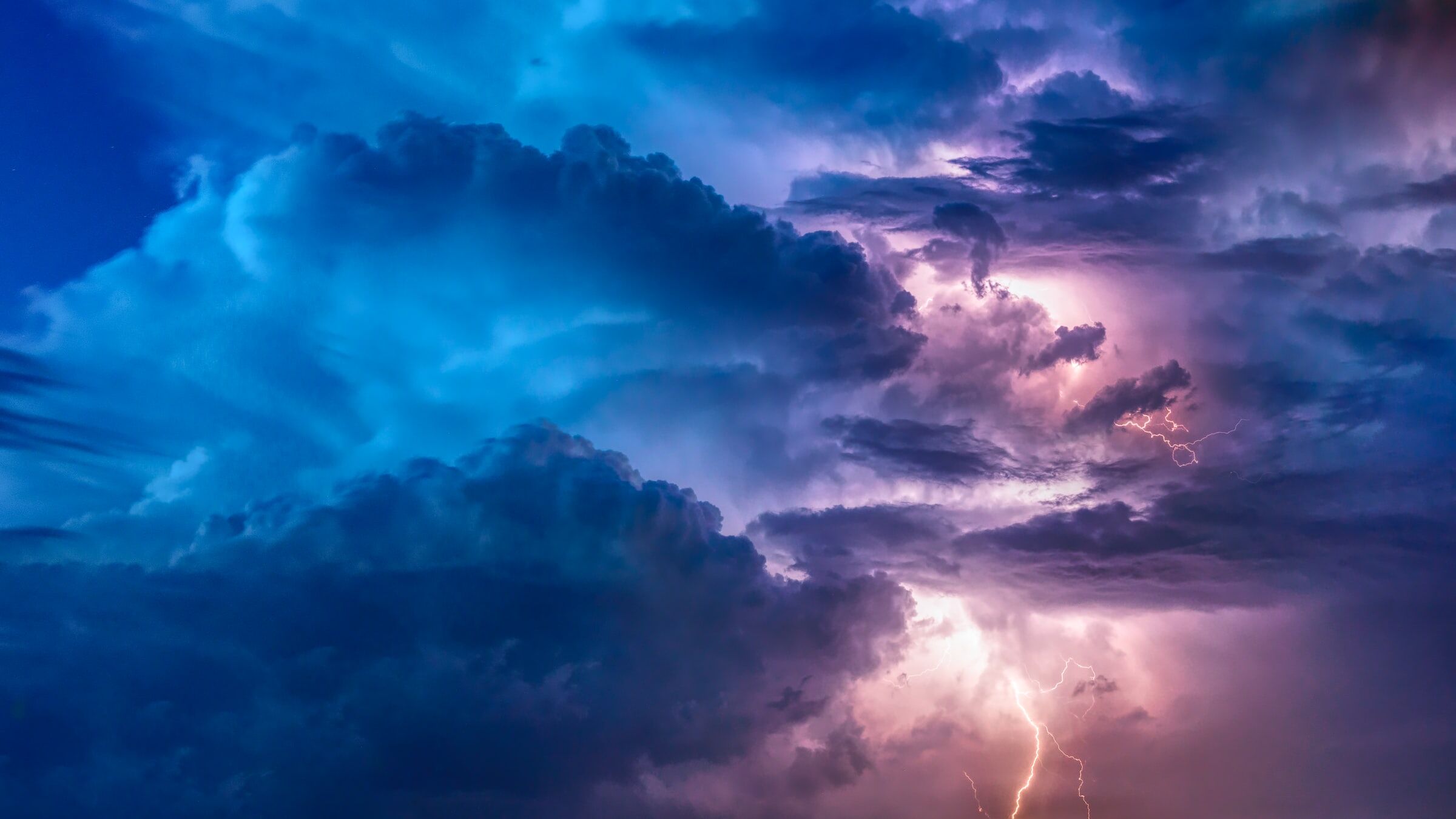A Universal Holiday of Light
After Adam was exiled from the Garden of Eden (in Tishrei) he noticed that as the months progressed the length of daylight grew progressively shorter. He decided that this was due to his sin of eating from the Tree of Knowledge of Good and Evil, for which he was told that he would surely die. He figured that the lessening of the light was the way his punishment was being administered and concluded that the world would gradually return to “chaos and void.” Therefore, he began to fast and seek forgiveness for his past actions to alter the course of the situation.
After an eight-day fast he noticed that the darkness was beginning to recede a little bit each day, slowly but surely revealing more and more light. He thus celebrated this increasing illumination for eight days, as each day grew lighter and lighter. The following year he commemorated this experience by celebrating for sixteen days — eight days for his initial period of fasting and eight days for the return of the light. Since these events coincided with the yearly winter solstice, later generations and cultures misappropriated these festivities that Adam had originally established with good intentions, and turned these days into pagan holidays of idol worship (Avodah Zarah 8a).
Chanukah occurs during the darkest time of the year, and although it may seem that lighting lights at this season is “borrowed” from earlier cultures, the historic record belies this assertion, as the twenty-fifth day of Kislev is simply when the Maccabees entered and rededicated the Temple. If anything, the fact that the miracle of light transpired at the darkest time of the year may have given the Sages hope that Chanukah would serve to rectify what idol worship had done to Adam’s original holiday of light.
Rabbi Yitzchak Ginsburgh takes the above Talmudic tradition and expands upon it in a truly visionary manner (Hanerot Halalu; The Eighth Light). He points out that eight days after the end of Chanukah is the Tenth of Tevet, the fast day for the beginning of the siege of Jerusalem at the time of the First Temple. As discussed above in “The Tenth of Tevet,” the destruction of the First Temple, in a sense, marked the temporary end of a universal vision for mankind as espoused by many of the prophets, including King Solomon on the day he dedicated the First Temple.
Isaiah later proclaimed that God’s intent was that all peoples should come to the Temple: “I will bring them to My holy mount, and I will cause them to rejoice in My house of prayer, their burnt offerings and their sacrifices shall be acceptable upon My altar, for My house shall be called a House of Prayer for all peoples” (Isaiah 56: 7). The destruction of the First Temple put that initial vision on hold; however, it will ultimately be fulfilled in the Messianic era.
According to Jewish tradition another relevant event occurred right before the Tenth of Tevet — the birth of Jesus on the ninth of Tevet. Both the translation of the Torah into Greek (as discussed above) and the birth of Christianity were attempts to universalize Judaism. Although both attempts missed the mark as far as Jewish tradition is concerned, it is important to note the common desire to bring Torah (in some manner) to the entire world during this specific time of the year.
Regarding all of the fast days instituted for the destruction of the Temple, the prophet Zechariah proclaimed:
“So said the God of Hosts: The fast of the fourth [month], the fast of the fifth [month], the fast of the seventh [month], and the fast of the tenth [month] shall become happy holidays for the house of Judah, full of joy and happiness…” (8:19).
Based on this radical prophecy, in which days of darkness are transformed into light, Rabbi Ginsburgh makes a bold, fascinating and innovative leap of imagination by discussing what these new holidays could possibly look like. Regarding the Tenth of Tevet, coming as it does eight days after Chanukah, he dangles this possible scenario: The eight days of Chanukah could be prolonged another eight days and culminate on the Tenth of Tevet. These sixteen days would rectify, clarify and renew Adam’s original universal holiday of light!
He even makes another bold proposal: the first eight days could go according to Beit Hillel, when we add a new light each night, while the second eight days could be according to Beit Shamai, when we begin with eight lights and lessen their number each night until only one remains. This one remaining candle would symbolize a world united in peace and harmony serving One God. This would also fulfill in practice the Talmudic statement: “These and these are the words of the Living God.”
Rabbi Ginsburgh makes clear that this is not a proposal that can be instituted now and only means to show in an inventive way how one could creatively work with all the various traditions regarding these days and times in order to forge a universal holiday that would reflect a Messianic vision of peace for all humanity.
Chanukah, as we discussed above, is a time to dream big, and even more, it is a time for dreams and miracles to come true. Basking in the spiritual radiance of the lights of Chanukah is a propitious time to envision and pray for a world of universal peace and harmony.







